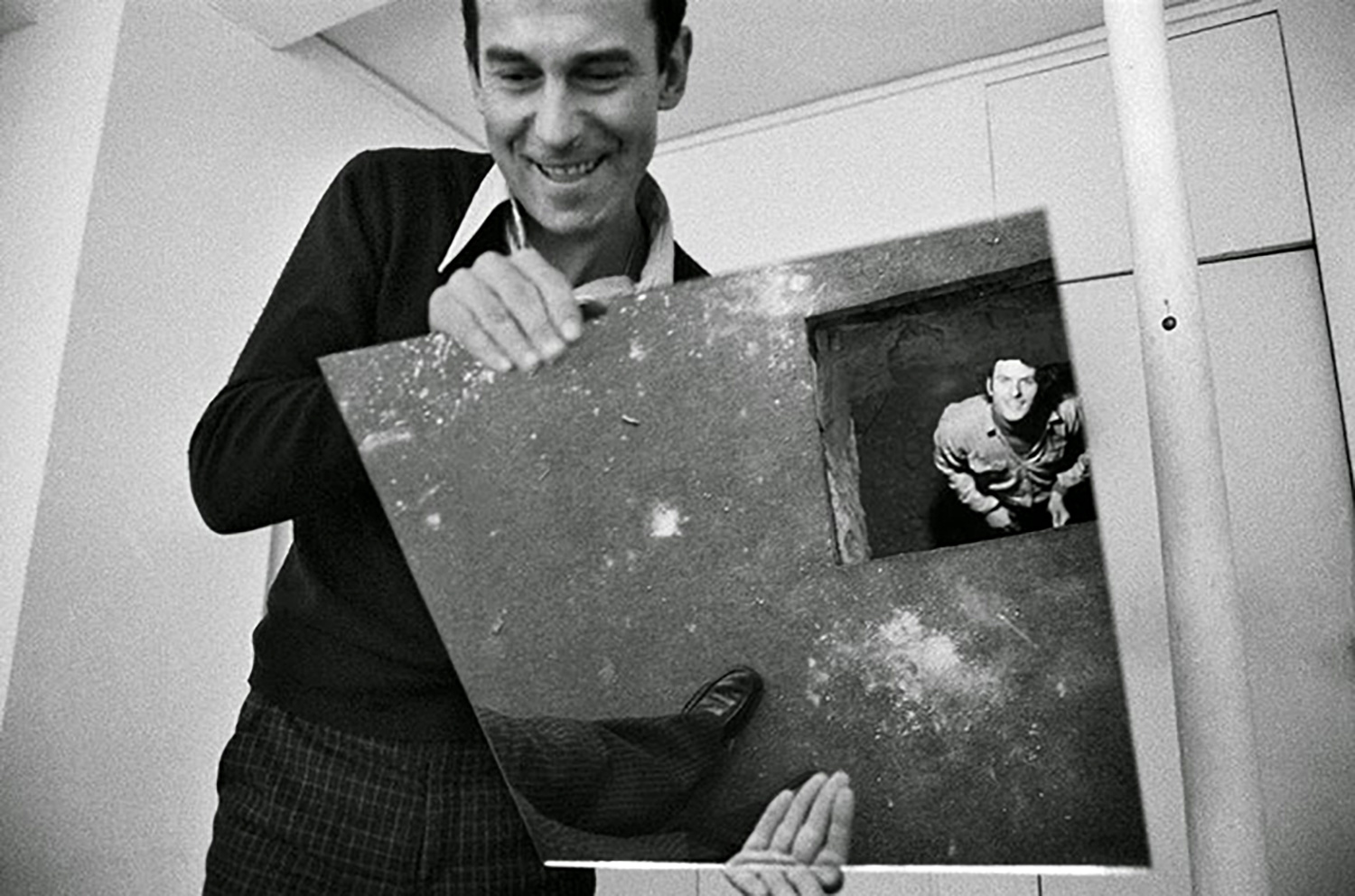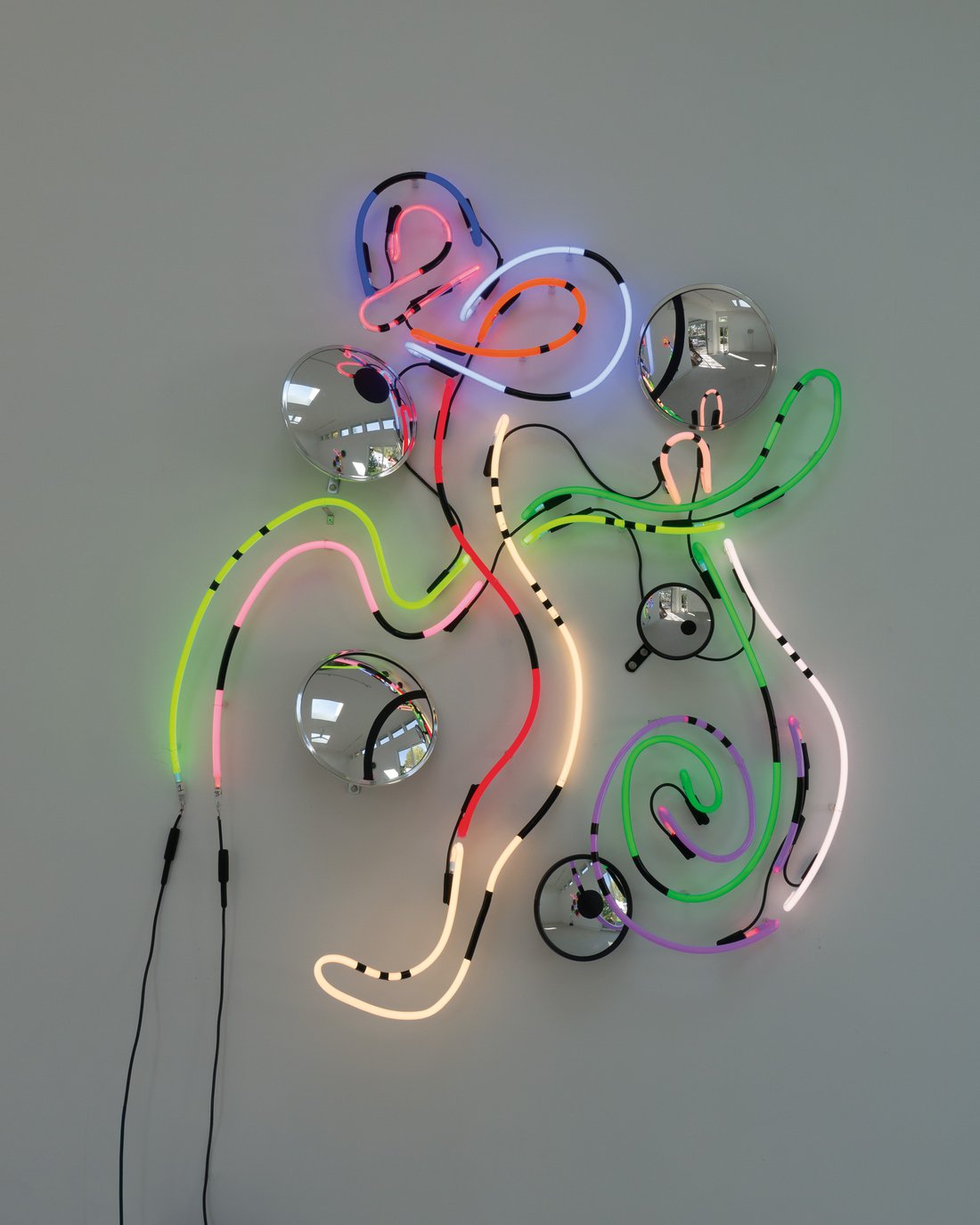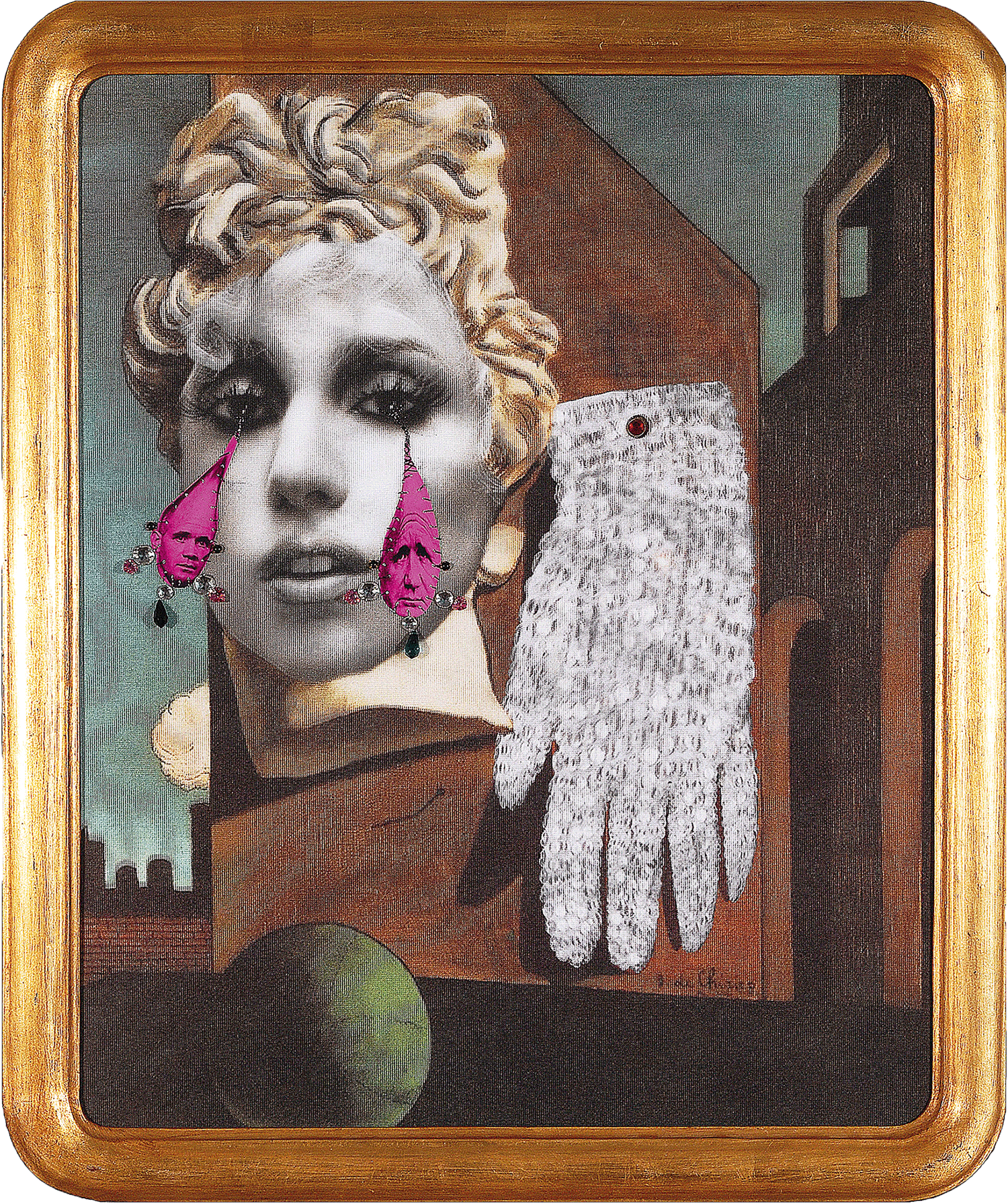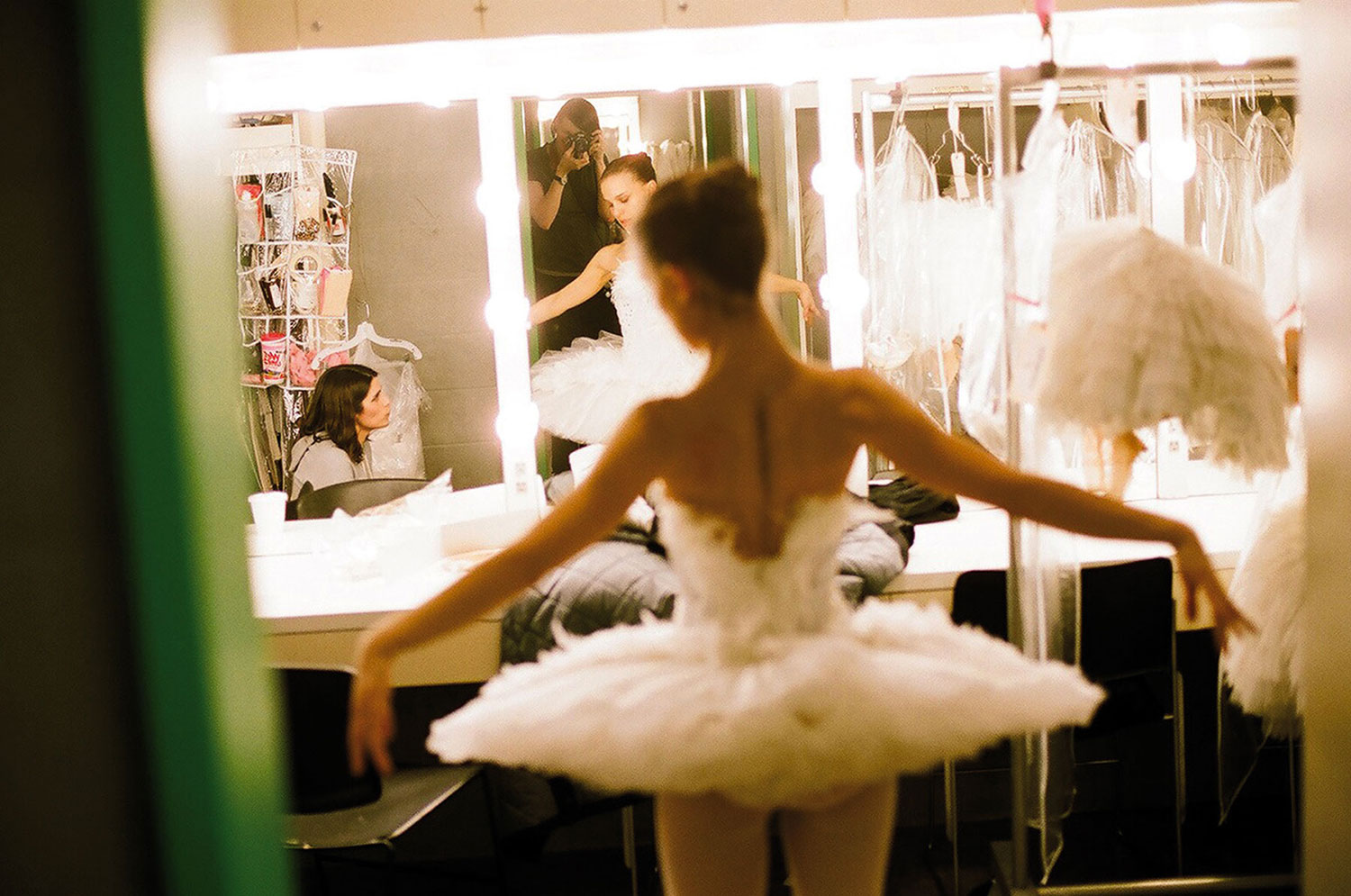Originally posted in Flash Art International no. 277 March – April 2011
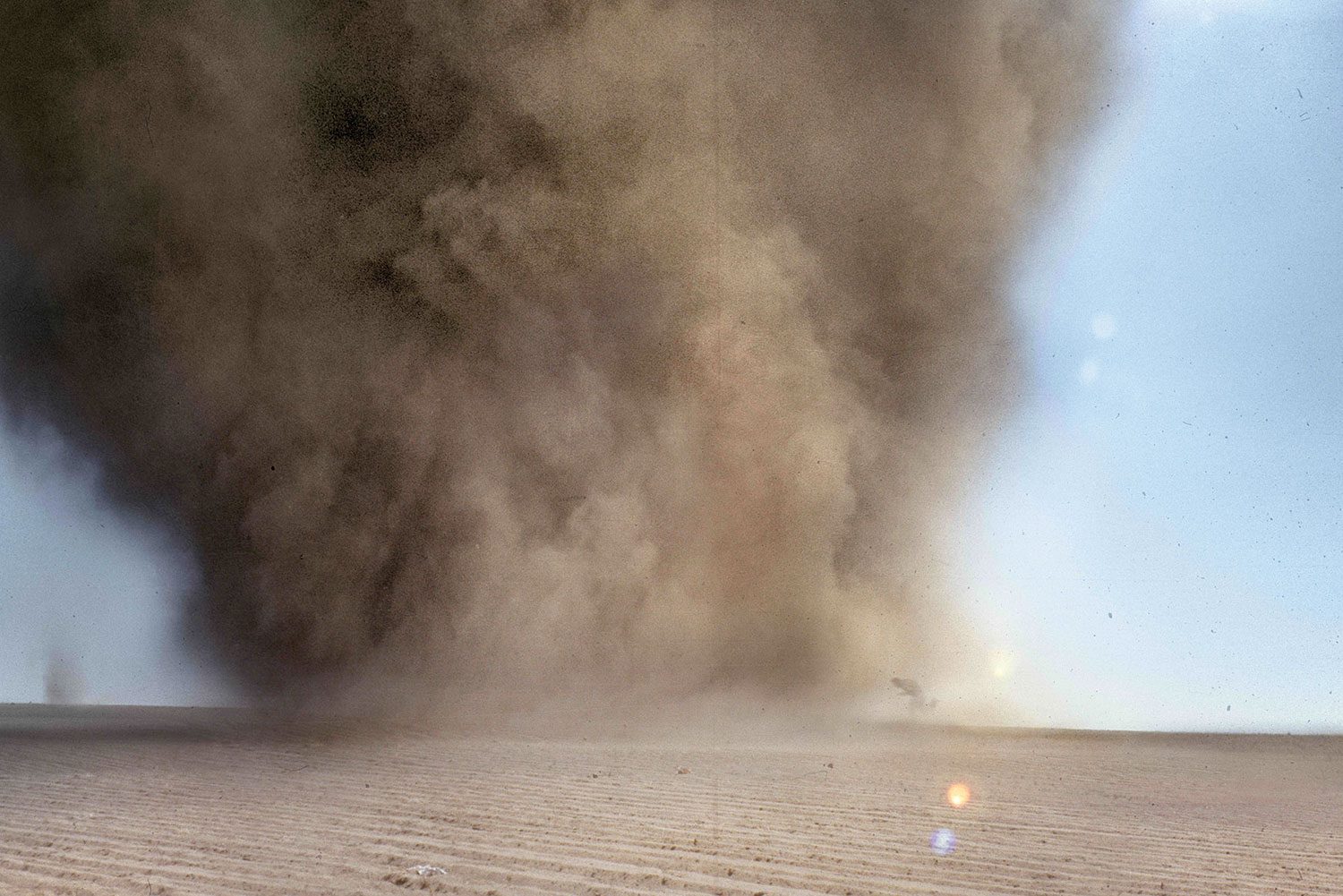
“A Story of Deception” is the first major Francis Alÿs retrospective to be mounted in the artist’s Belgian homeland since he left for Mexico in 1986. Organized by Wiels with Tate Modern and MoMA, the exhibition touches on all fundamental aspects of Alÿs’ work: urbanism, economics, migration, borders and the art of walking in a city. The title refers to a silent 16mm movie of a mirage appearing on a desert road in Patagonia in 2001, when the corralito crisis took a heavy toll on Argentina’s public purse. This shimmering image works as a metaphor for South America’s modernization. It is “a historical goal that vanishes as soon as it appears on the horizon,” according to Alÿs. In the middle of the road is a line that divides the screen in two.
Born in Belgium, a country that has created its own internal (linguistic) partition leading to endless political troubles, Alÿs has a strong awareness of the border concept. But if division is a source of conflict, it also raises discussion: for his famous video performance The Green Line, Alÿs walks in Jerusalem along the 1948 border between Israel and Jordan, carrying a tin of green paint with a hole in it, transposing the real world with a military agreement over a map. He then shows the video footage of his action to both members of the Israeli and the Palestinian community and records their comments about the conflict. This work finds its origins in The Leak (1995), a performance where Alÿs leaves his gallery carrying a dripping tin of yellow paint, wanders in the neighborhood until it is empty, then finds his way back following the traces he has left. In this case the line allows reunification.
With his pseudonym (his real name is Francis De Smedt), Alÿs subconsciously refers to a universe built upon duality, like the one invented by Lewis Carroll for Alice Liddell. Many of his works come in two versions. For the “Déjà Vu” series (1993-4) he created pairs of small oil paintings, and shows the original and the copy in different exhibition rooms. In Re-enactment (2001) (filmed by Rafael Ortega) Alÿs buys a 9mm Beretta pistol in a Mexico City gun store, loads it, then carries it on the street until he gets arrested. The next day he recreates the event, with the policemen playing their original role. It seems that what Alice discovers behind the mirror is a perfect reflection of the world she knows, yet completely different. The artist’s copies of his own videos or paintings work in exactly the same way.
Alÿs puts himself at risk on the streets of Mexico City (who knew beforehand how the police were going to react to this armed gringo) and again in the hills of Milta Alta. This time he chases tornadoes and tries to reach their center, carrying a camera. For those who know the rest of Alÿs’ production, this work is analogous to chasing a mirage in Patagonia. The film that results from these attempts is not only beautiful, it gives Alÿs’ work a heroic dimension: halfway between Don Quixote and Buster Keaton. Perfect editing turns what could have been the boring recording of a performance into a true adventure movie. A Story of Seduction would be a more appropriate title for the show.

